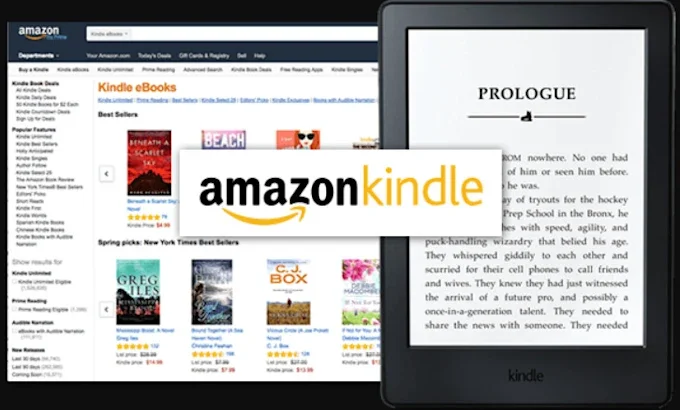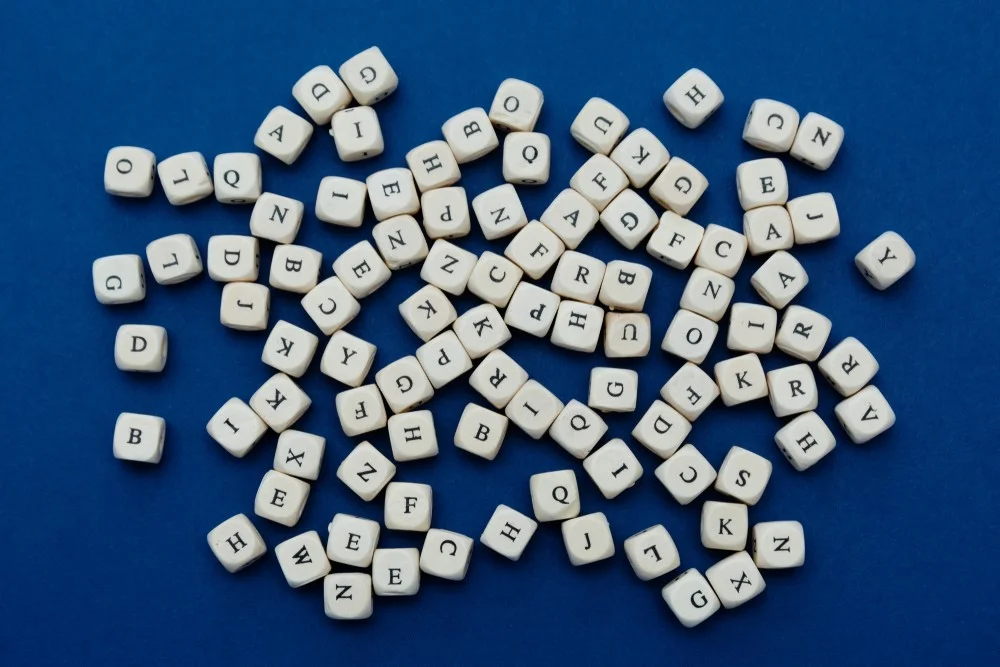Ever felt like publishing professionals are speaking a different language? Terms like “blurb,” “bleed,” and “back matter” get thrown around casually. You just nod along while secretly confused. Well, you are not alone.
The good news is that this industry shorthand is just exactly that: shorthand. All you really have to do is understand the major key terms used by book publishing professionals and you’re set. It’ll increase your confidence as you move through the process.
This glossary will be your go-to guide when it comes to decoding publishing related terminology. It’ll make you feel informed and prepared. Whichever publishing type you choose, be it traditional publishing, hybrid publishing, or even self-publishing, this glossary will be your best friend when you want to know exactly what’s happening at each stage.
The Glossary
To make this easy to navigate and useful, the terms are organized into four stages:
- Writing and Editing
- Design and Formatting
- Publishing and Distribution
- Marketing and Sales.
Each term has a clear, simple definition and a brief “why it matters” note. So, let’s get started!
The Writing & Editing Stage
Manuscript (MS)
That is the final unpublished version of your work. It is what you submit for editing or publishing.
Why it Matters: It is absolutely essential that your manuscript is in good shape. It is literally the foundation for everything.
Developmental Editing
This is big-picture editing that focuses on structure, plot, character arcs, dialogues, discrepancies, pacing, etc.
Why it Matters: This is what your manuscript needs if you want it to go from a good idea to a compelling story. A developmental edit can show you where the plot drags. It’ll show you where a character’s motivations are unclear. And all that important stuff.
Copyediting
In this stage, editing for grammar, spelling, style, consistency, and clarity will be done.
Why it Matters: If your book has errors and inconsistencies, it can make your book hard to read and look unprofessional. A thorough copyedit is needed to polish your text so it has better readability.
Proofreading
This is the final step. It’s to check before printing if any tiny errors have been left behind.
Why it Matters: There can still be typos left behind by mistake or formatting issues, punctuation errors, spelling mistakes, etc., in your manuscript, and that can distract readers, taking them out of your book while reading. Yes, even after editing. A clean final version is what your readers deserve. That’s what’ll help them build confidence in your work.
Beta Reader
A beta reader is the first person who looks at your finished work. It’s someone who reads your manuscript from a reader’s perspective and gives feedback before your book is published.
Why it Matters: You can learn more about how actual readers are going to interact with and react to your story by taking advantage of beta readers. They might point out things you’d never even thought of, including sensitive topics and words that might trigger or offense people, characters that don’t seem real, or plot holes.

The Design & Formatting Stage
Trim Size
This is the final dimensions of your printed book.
Why it Matters: Trim size has a huge effect on printing cost. This also determines how your book feels in the reader’s hands. Plus, it influences the layout and the amount of text that fits on each page.
Bleed
Ever seen images or color extend all the way to the edge of the page? This is what it’s called.
Why it Matters: Bleed is for cover and interior design elements that go to the edge. If it’s not set correctly, your printer may cut off key content or leave unattractive borders, and no reader likes to receive a book like that.
ISBN
The International Standard Book Number (ISBN). It is a unique thirteen-digit identifier for your book.
Why it Matters: An ISBN is essential for bookstores and libraries. It helps them identify and stock your book. It also enables accurate tracking of sales.
Start your publishing journey today and turn your book dream into reality!
Front Matter / Back Matter
Front matter are the pages at the beginning of the book. These include the copyright page, dedication, table of contents, etc. Back matter are the pages at the end. These can be acknowledgments, author bio, index, etc.
Why it Matters: These elements make your book look like it belongs in the big leagues (because it does). These make your book look professional and complete.
The Publishing & Distribution Stage
Imprint
An imprint is the name under which your book is published, and often, it is a brand within a larger publishing company.
Why it Matters: Imprints signal to readers a certain style or standard, and they help organize book publishing companies into distinct areas.
Vanity Publishing
This is a model where the author pays a company to publish their book, often with poor services and unfair contracts.
Why it Matters: Vanity publishing may look like an easy option, but it’s not. It often offers little value and can trap authors with hidden costs and sub-quality results.
Distribution
This term means how the book moves from the printer to bookstores or online retailers.
Why it Matters: You need good distribution channels or the book might not reach the audience it deserves. A solid distribution network will keep your book on shelves and available online.
Amazon KDP (Kindle Direct Publishing)
Amazon’s self-publishing platform for ebooks and print-on-demand paperbacks is famous among self-publishing authors. And this is what it’s called.
Why it Matters: KDP offers quick setup and massive exposure to Amazon readers. It is a popular route for indie authors to publish on their own terms.
IngramSpark
This is a major print-on-demand and distribution service often used by independent authors and publishers.
Why it Matters: IngramSpark gives your book global distribution through wholesalers, bookstores, and libraries beyond Amazon at competitive prices.

The Marketing & Sales Stage
Blurb
Blurb is the first thing your potential readers will read. It is the short description of your book that is supposed to convince someone to buy your book. It is usually on the back cover.
Why it Matters: Your blurb can make or break the sale. If your book has a strong blurb, it will grab attention and make readers want to buy your book and eventually read it.
ARC
An Advanced Reader Copy (ARC). It is a near-final version of the book sent to reviewers and influencers before the official launch.
Why it Matters: ARCs help you generate early reviews. It is to build buzz and gain reader trust before launch day. It is a tried-and-true marketing technique.
Metadata
Metadata is the underlying data about your book. Title. Author. Keywords. Categories.
Why it Matters: When it comes to online discoverability, metadata is arguably the most important factor. The right keywords and categories help readers find your book through browsing.
Royalties
Every time your book sells, you get a cut of the money. That’s your royalty.
Why it Matters: Understanding your royalty rate helps you figure out how much money you make and compare different book publishing services.
Conclusion
Understanding these terms gives you control and clarity. You no longer have to nod along when someone mentions bleed, ARCs, or metadata. This glossary helps you take the driver’s seat. That sense of confidence builds from knowing the steps ahead of you.
At Book Publishings, we offer a full-service book publishing experience while you retain full ownership of your content. We handle all the jargon and logistics so you can focus on writing another bestseller.
Recent Post
-
01 Oct 2025The Psychology of Storytelling: Why Self-Published Books Connect So Powerfully with Readers
-
29 Sep 2025Dispelling the Old Myths: What the Public Gets Wrong About Self-Publishing in 2025
-
26 Sep 2025From Doodles to Drafts: Unusual Creative Rituals of Famous Authors
-
25 Sep 2025When Ink Meets Algorithm: How the Digital Shift Is Changing Book Publishing
-
24 Sep 2025The Publishing Future: How Technology and AI Are Changing Self-Published Books
-
22 Sep 2025Turning Readers into Fans: The Power of Community-Building for Self-Published Authors
-
16 Sep 2025How to Build an Email Marketing List That Actually Sells Books
-
15 Sep 2025How to Write a Romance Novel: From First Glance to Happily Ever After
-
04 Sep 2025Amazon Self Publishing 101: Everything You Need to Know
-
01 Sep 2025Lost in Publishing Lingo? A Glossary for Aspiring Authors
-
21 Aug 202510 Easy Steps to Publish a Comic Book in 2025
-
20 Aug 2025An In-Depth Guide to Book Pricing
-
16 Aug 202510 Mistakes New Authors Make (and How to Avoid Them)
-
13 Aug 2025Top 10 Reasons to Hire a Book Writing Company in 2025
-
07 Aug 2025How to Price Your eBook for Maximum Profit

